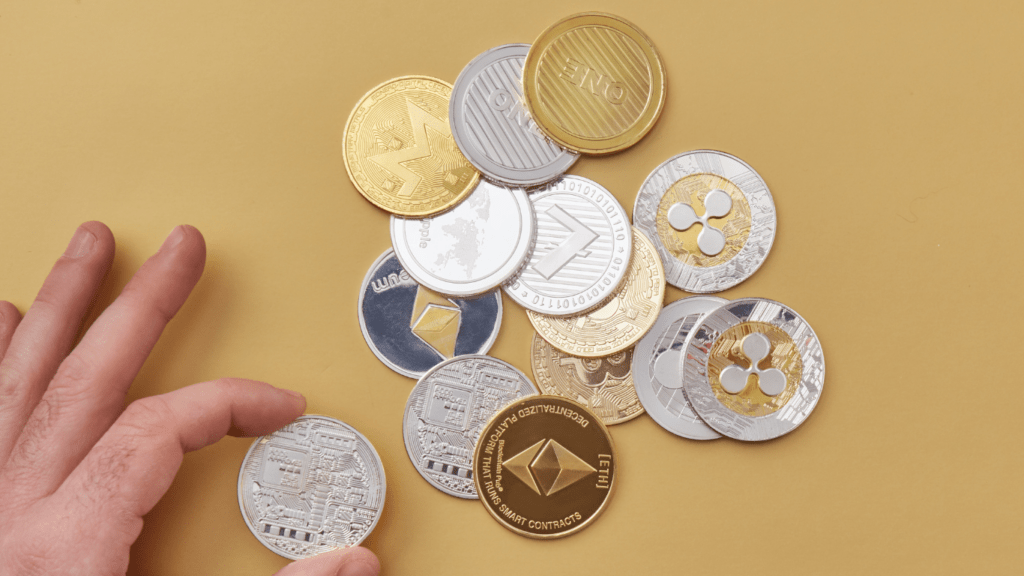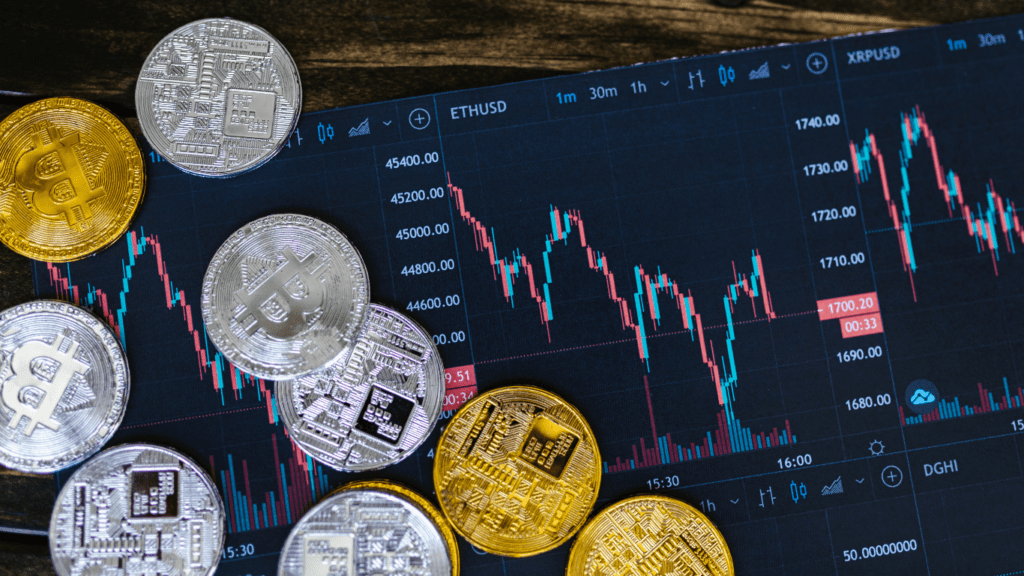Understanding Cryptocurrencies
Cryptocurrencies represent digital currencies that leverage blockchain technology for secure transactions. While Bitcoin paved the way, altcoins diversify the landscape.
What is Bitcoin?
Bitcoin, established in 2009, is the first cryptocurrency. It introduced blockchain technology, allowing decentralized transaction verification. The anonymity and limited supply appealed to many, leading to its widespread adoption. As Bitcoin gained popularity, its usage as both an investment vehicle and a digital currency increased, influencing financial systems globally.
Introduction to Altcoins
Altcoins, or alternative cryptocurrencies, emerged post-Bitcoin to address limitations or provide new functionalities. These coins, like:
- Ethereum
- Ripple
- Litecoin
offer various features. Ethereum, for instance, supports smart contracts, enabling decentralized applications. Ripple focuses on facilitating quick, low-cost international transactions. This variety presents numerous options for investors seeking diversification in the rapidly evolving crypto market.
Benefits of Diversifying in Crypto
Diversifying your crypto investments offers distinct advantages. By spreading funds across various digital assets, you manage risks and potentially boost returns.
Risk Management
Investing solely in Bitcoin exposes you to its specific market risks. Altcoins provide a buffer against Bitcoin’s volatility by spreading investments across different technologies and platforms. For instance, allocating assets to Ethereum and Ripple reduces dependency on one coin’s performance and diminishes the impact of a downturn in any single asset.
Potential for Increased Returns
While Bitcoin has shown significant growth, altcoins often deliver higher returns due to lower market caps. These coins, like Cardano and Solana, offer substantial growth as they gain adoption. Investing in a mix of established and emerging cryptocurrencies maximizes the chances of capturing gains from various sources, rather than relying on Bitcoin alone.
Popular Altcoins to Consider
Altcoins offer diverse opportunities within the cryptocurrency market. Here are a few popular choices when looking to expand your crypto investments.
- Ethereum
Ethereum stands out due to its smart contract functionality, allowing developers to build decentralized applications (dApps) on its blockchain. Introduced in 2015, Ethereum employs its native cryptocurrency, Ether (ETH), to facilitate transactions and execute contracts on the network. Its robust platform and vast ecosystem make it a top choice for many investors seeking more than just a digital currency.
- Ripple
Ripple focuses on facilitating international financial transactions quickly and cost-effectively. Launched in 2012, Ripple’s native digital asset, XRP, serves as a bridge currency for cross-border payments. Financial institutions like banks often use Ripple’s technology to streamline remittances and reduce currency exchange fees. Its real-world utility contributes to its prominence in the crypto space, appealing to those interested in practical applications of blockchain technology.
- Litecoin
Litecoin, launched in 2011, often gets compared to Bitcoin as it was created to improve upon Bitcoin’s limitations. It’s known for faster transaction times and a more efficient mining algorithm. While it functions similarly to Bitcoin, Litecoin’s transaction confirmation time is roughly two and a half minutes, offering swifter transfers. Its stability and reliability make it an attractive option for those looking for a seasoned altcoin with a proven track record.
Strategies for Diversifying Your Crypto Portfolio

Diversifying a crypto portfolio involves strategic planning and careful evaluation of various factors. It includes analyzing risk tolerance, defining clear investment goals, and consistently rebalancing assets to align with market changes.
Assessing Your Risk Tolerance
Understanding personal risk tolerance is crucial for making informed investment choices. Those with a higher risk tolerance might explore volatile altcoins like Cardano and Solana, known for rapid price swings. In contrast, investors preferring stability may lean towards established coins like Bitcoin and Ethereum, which typically exhibit less fluctuation.
Setting Investment Goals
Defining precise investment goals guides the diversification process. Long-term growth objectives might focus on cryptocurrencies with innovative use cases, such as Ethereum with its dApps or Ripple’s international payments system. Short-term profit seekers may target emerging altcoins that promise quick gains. Clear goals help determine the appropriate asset mix and balance between risk and reward.
Regular Portfolio Rebalancing
Maintaining a diversified portfolio requires regular rebalancing. Markets fluctuate, affecting asset value proportions in a portfolio. By periodically adjusting investments, aligning them back to original allocations, investors can optimize performance. This practice ensures that no single crypto dominates, maintaining intended risk levels and capturing opportunities in evolving markets.
Potential Risks and Challenges
Diversifying a crypto portfolio offers potential benefits but isn’t without risks and challenges. Recognizing these factors is vital to making informed investment decisions.
Market Volatility
Cryptocurrencies, including Bitcoin and altcoins, are known for significant market volatility. Prices can fluctuate wildly within a short period, leading to potential financial losses. Although diversification spreads risks, it doesn’t eliminate the inherent volatility in the crypto market. Monitoring trends and staying informed are essential to navigate these rapid changes.
Security Concerns
Security concerns remain a prominent risk when dealing with cryptocurrencies. Digital wallets and exchanges are susceptible to hacking, theft, and technical issues. It’s critical to implement robust security measures, such as two-factor authentication and secure storage solutions, to safeguard investments. Additionally, conducting thorough research on exchanges and wallet providers can help mitigate these security risks.



